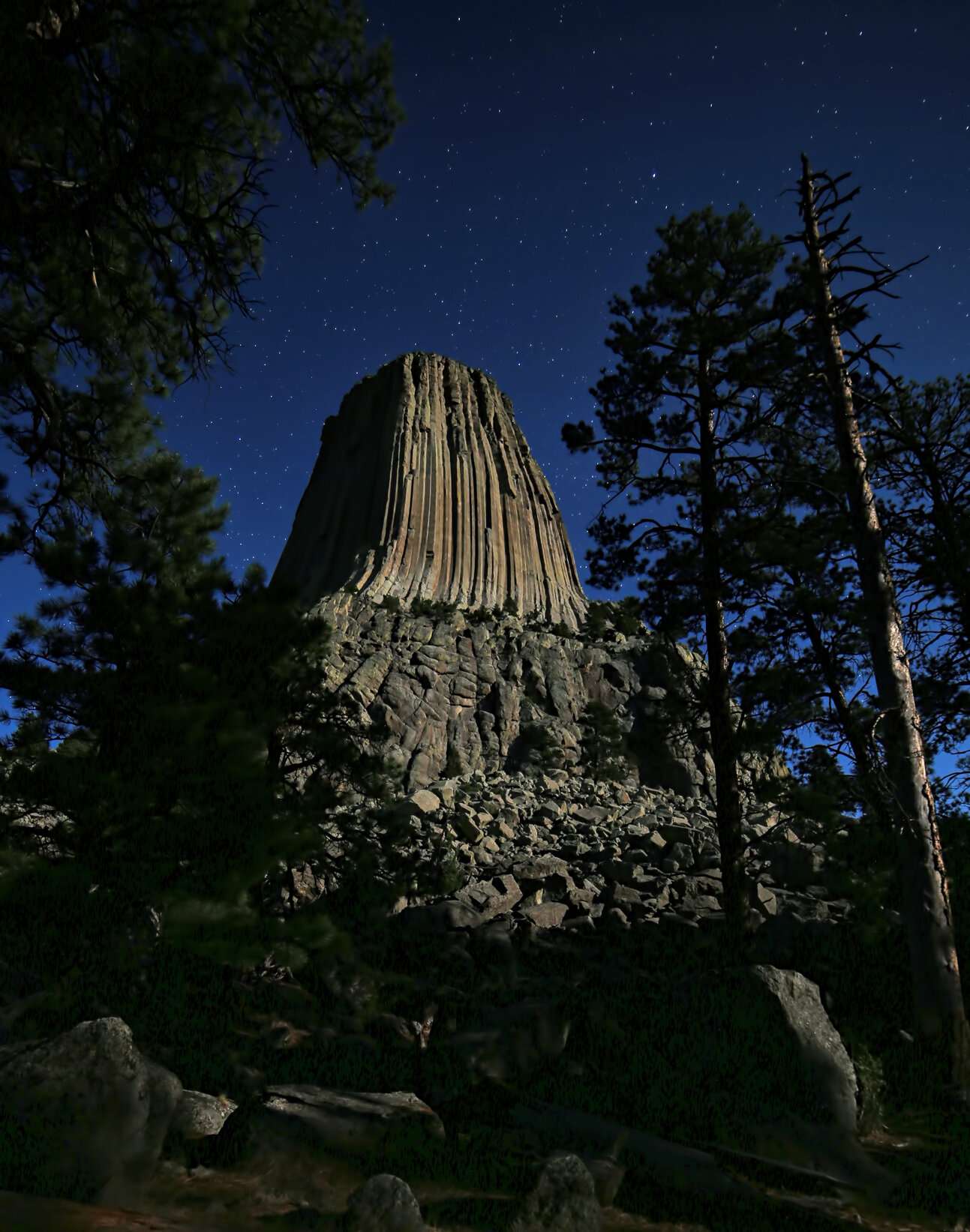are being broken throughout the Pacific Northwest today, even here in the Spokane area, where temperatures have risen to 110 deg F at my cabin in the pines! The heat seems to be following me, so it’s time to pump up the stand-up paddle board and hit the local lakes.
Click on the graph showing the annual high temperature at the Spokane International Airport since 1890 to enlarge. The two warmest points on the time series are both 208 deg F, occurring in 1928 and 1961.
And it’s not over yet. Here’s the forecast:
UPDATE: The official temperature recorded at the airport was 109 deg F at 4:00 pm PDT on 29 June 2021 making it the highest temperature recorded during the period of record, and the highest temperature in 60 years. This is weather, not climate.











































